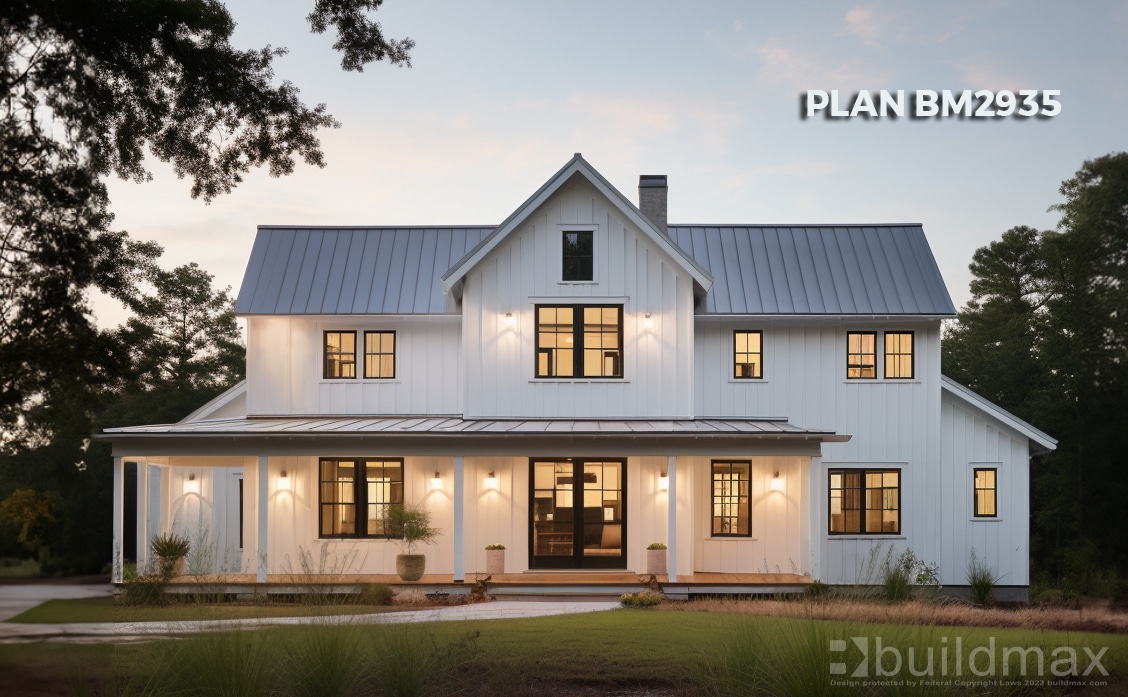Barndominium Builder Near You: Relied on Builders for each Project
Barndominium Builder Near You: Relied on Builders for each Project
Blog Article
Barndominiums Vs. Traditional Houses: a Comprehensive Contrast of Way Of Life and Capability
The choice in between barndominiums and typical homes encompasses various elements, including way of living preferences and functional needs. Barndominiums are defined by their open designs and versatility, commonly appealing to those who focus on public living and versatility.
Summary of Barndominiums
Barndominiums, a novel real estate trend getting popularity across different regions, blend the rustic charm of barn-style style with the capability of contemporary living areas. These unique frameworks generally consist of a metal or timber structure, incorporating open flooring strategies and high ceilings with energy-efficient functions. Frequently positioned on extensive country homes, barndominiums use homeowners the possibility to enjoy a serene lifestyle while providing sufficient area for various activities.
The adaptability of barndominiums prolongs past their aesthetic charm; they can serve as both living quarters and practical areas for pastimes, workshops, and even local business. Their adaptive style permits for simple personalization, accommodating diverse family requirements and preferences. Several owners value the low upkeep demands associated with steel house siding and roof, adding to lasting durability.

Attributes of Conventional Homes
Highlighting classic layout and convenience, traditional homes are defined by their unique building designs, which usually reflect historical impacts and local aesthetics. Usual features include in proportion exteriors, gabled roofings, and an emphasis on workmanship, leading to a warm and inviting environment.
Traditional homes typically include elements such as crown molding, wainscoting, and wood flooring, enhancing their timeless allure. They commonly include multiple areas with defined functions, promoting family members interaction while enabling personal privacy. view now. The layout commonly consists of formal living and dining areas, which contribute to enjoyable visitors and organizing household events
Exterior products such as block, wood, or stone are regularly used, adding to resilience and a sense of durability. Barndominium builder. Additionally, many typical homes are developed with front decks or stoops, promoting a sense of community and link with the area
Landscape design plays a substantial duty in typical home design, with well-maintained yards and pathways that boost curb appeal - learn more. On the whole, traditional homes embody a sense of nostalgia and stability, appealing to those who value heritage and a more structured living atmosphere
Expense Contrast
Normally, an expense comparison between barndominiums and standard homes reveals significant differences in building and construction expenses and general investment. Barndominiums, typically constructed from metal or check my reference steel frames, normally incur reduced material and labor costs than standard homes built from timber and block. The streamlined style of barndominiums can equate to reduced building and construction times, better decreasing labor prices and accelerating occupancy.
Generally, the cost per square foot for a barndominium varies from $100 to $150, while traditional homes can vary commonly, commonly falling in between $150 and $300 per square foot, depending on location, materials, and design complexity. This cost difference makes barndominiums an eye-catching option for budget-conscious buyers looking for larger space without giving up high quality.
Furthermore, barndominiums might bring about long-lasting savings through reduced upkeep prices, energy effectiveness, and insurance prices. Their long lasting construction products usually call for less maintenance in time compared to traditional homes. Nevertheless, it is necessary to think about that while preliminary prices might be reduced for barndominiums, the last investment will certainly likewise depend upon specific customization and wanted amenities, which can influence the overall cost in both real estate kinds.
Lifestyle and Area Factors To Consider
When taking into consideration lifestyle and space, barndominiums provide an unique versatility that interest a range of property owners. These hybrid structures integrate property coping with useful space, usually featuring open floor strategies that can be adapted to fit private requirements. This versatility is specifically useful for households or people looking for a personalized living atmosphere, permitting varied uses such as home workplaces, workshops, or entertainment areas.

In addition, the visual charm of barndominiums can satisfy both rustic and modern preferences, making them a flexible option for numerous layout preferences (Barndominium repair). Inevitably, the option between a barndominium and a traditional home typically rests on how well each option lines up with the house owner's way of life aspirations and spatial requirements, highlighting the relevance of considering personal priorities in the decision-making procedure
Ecological Impact and Sustainability
The ecological impact and sustainability of barndominiums present compelling benefits contrasted to conventional homes. Primarily constructed from steel and other durable materials, barndominiums are commonly constructed making use of recycled resources, lowering the need for brand-new materials and reducing waste. Their design normally emphasizes open spaces, which can lead to reduced energy usage for cooling and heating compared to traditional homes with more fractional formats.
Moreover, barndominiums can incorporate sustainable attributes such as photovoltaic panels, rain harvesting systems, and advanced insulation techniques, improving their energy effectiveness. The convenience of their design permits homeowners to incorporate these innovations extra seamlessly than in numerous typical homes, which might need substantial retrofitting.
Furthermore, barndominiums typically call for fewer sources for building as a result of their simpler, more efficient styles. This not only decreases the carbon footprint linked with structure however also adds to a more lasting way of living. In comparison, conventional homes might entail higher levels of power expense and source use throughout their lifecycle, from building to maintenance. Overall, barndominiums represent a forward-thinking strategy to lasting living, aligning with contemporary ecological priorities.
Verdict
In recap, the choice between barndominiums and conventional homes pivots on specific way of life preferences and practical needs. Barndominiums, with their open layouts and sustainable materials, accommodate those looking for adaptability and communal living. Conversely, traditional homes use specified spaces that enhance personal privacy and support historical aesthetic appeals. Each option presents distinct benefits, demanding careful factor to consider of one's worths and needs when determining one of the most ideal living environment.
Report this page